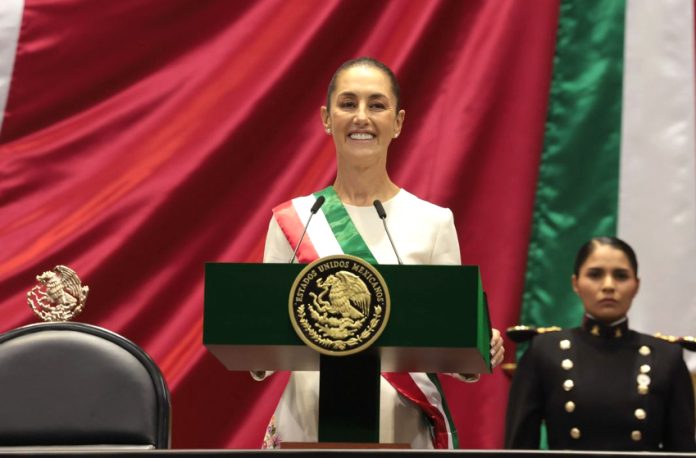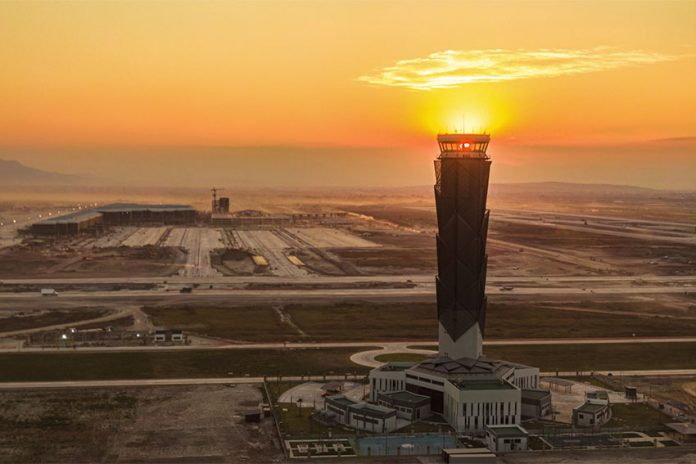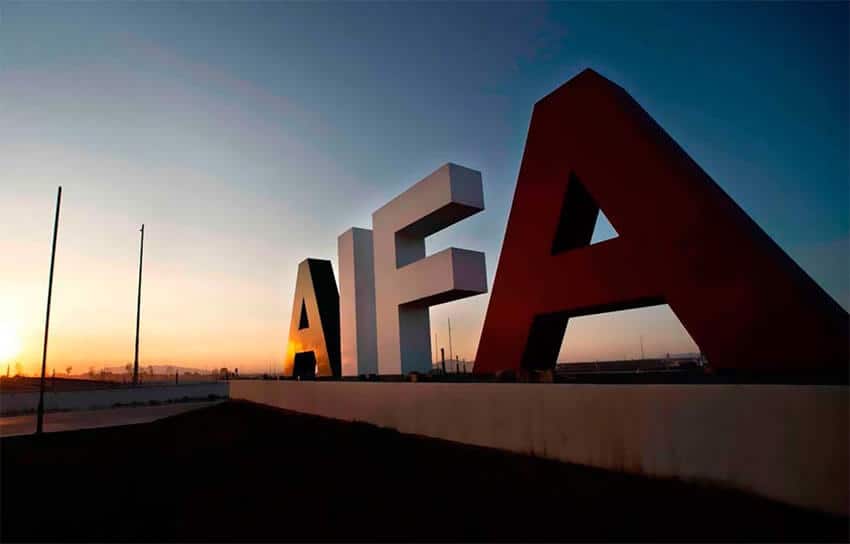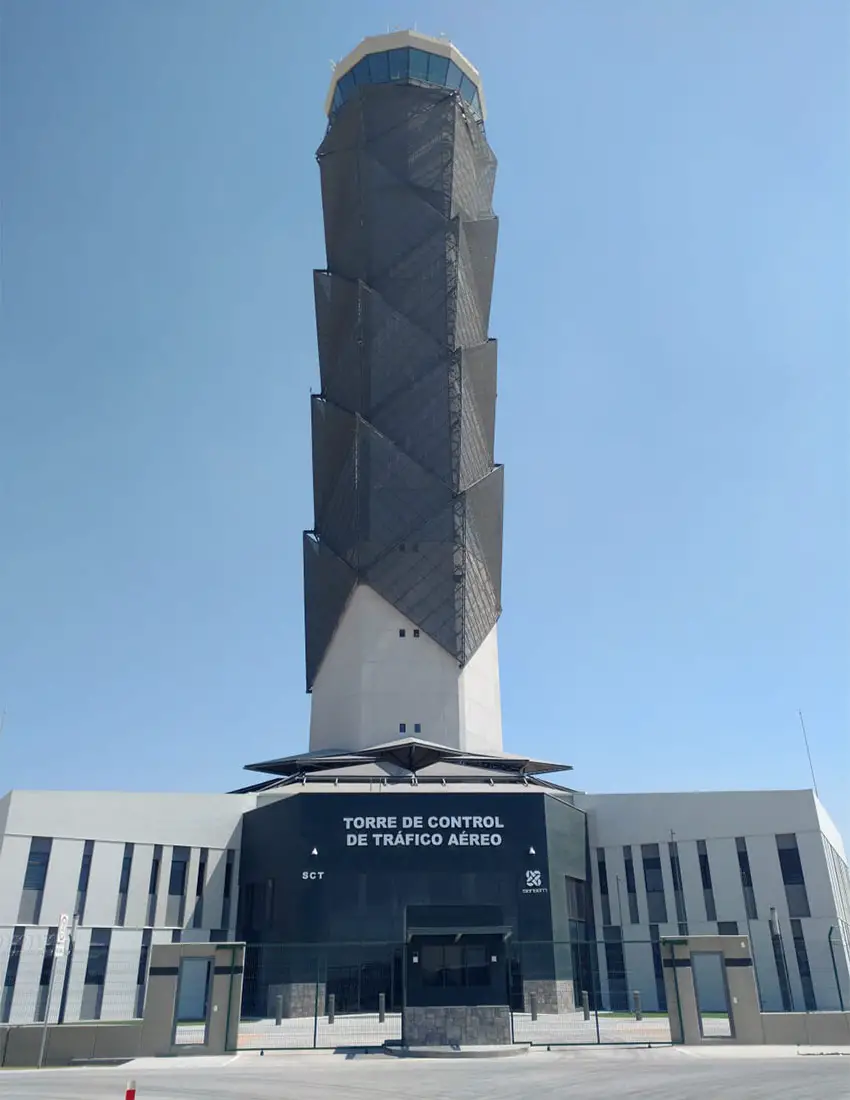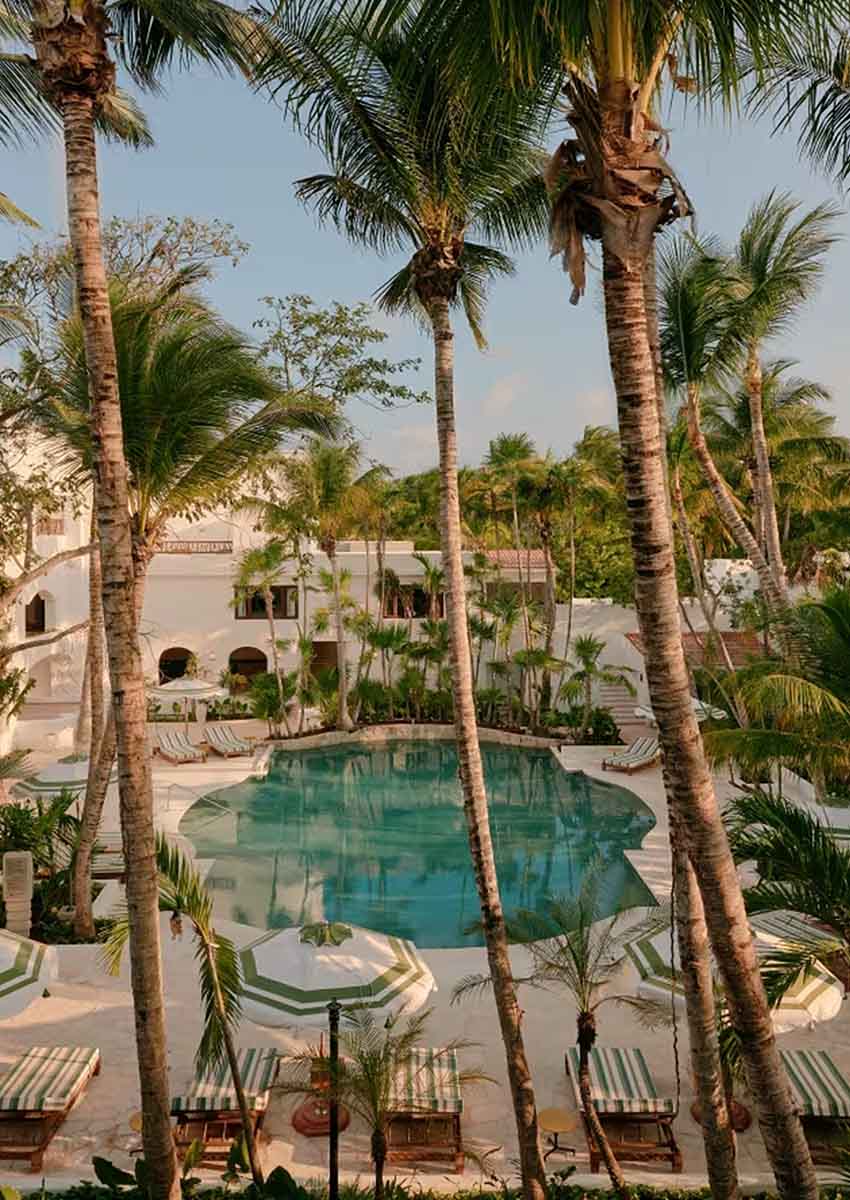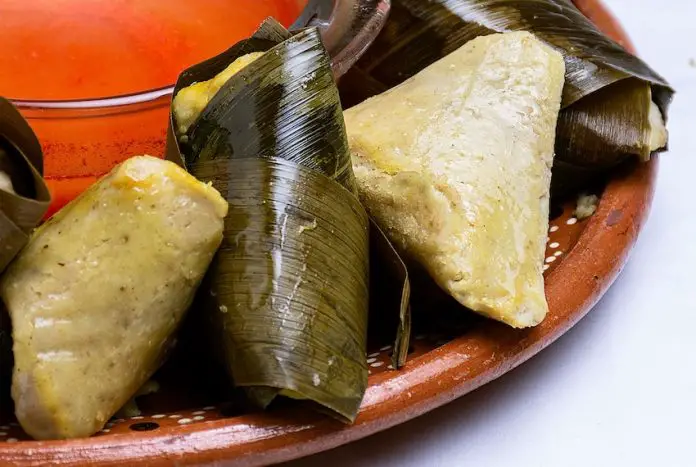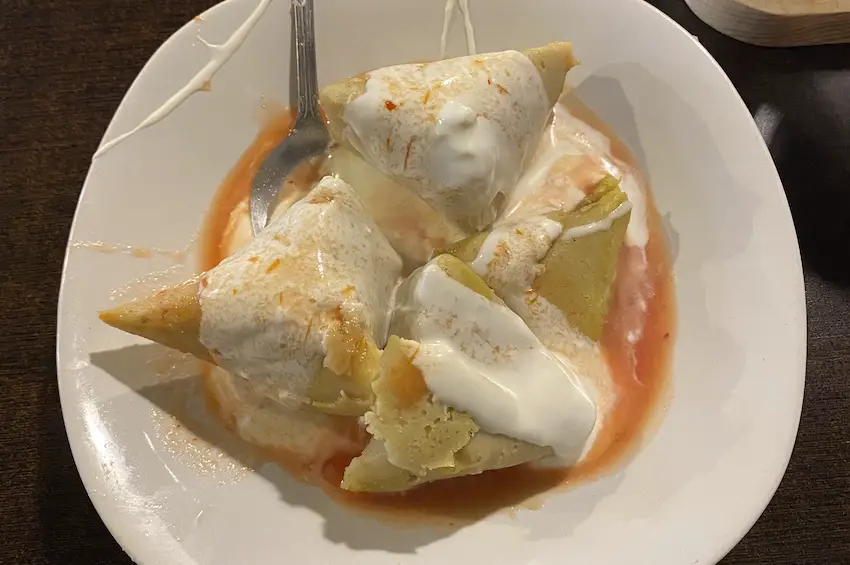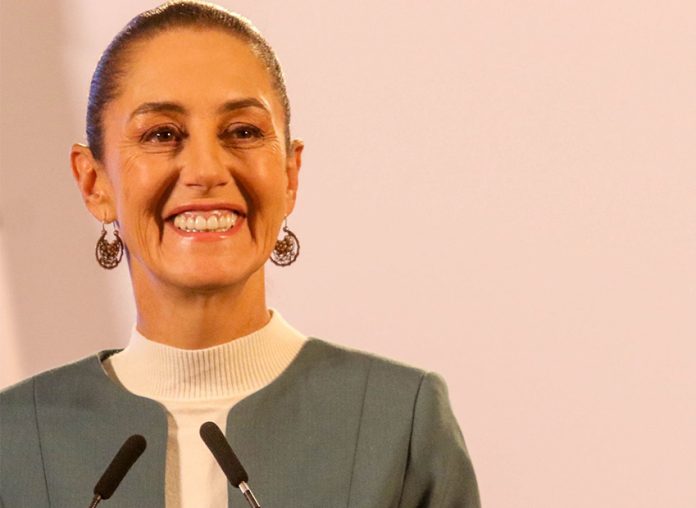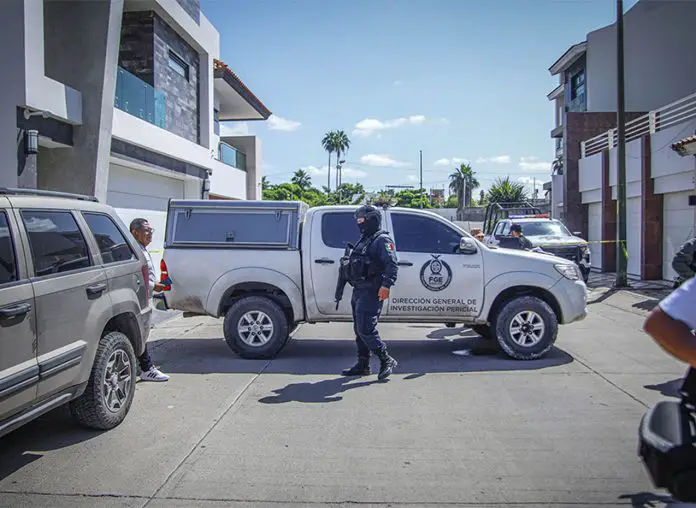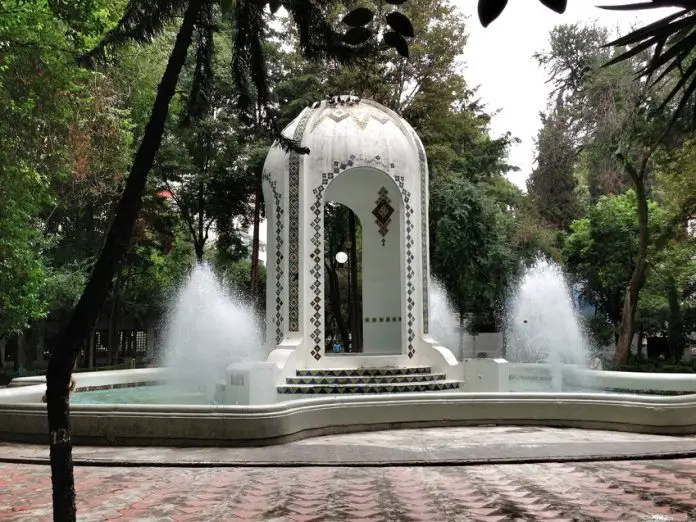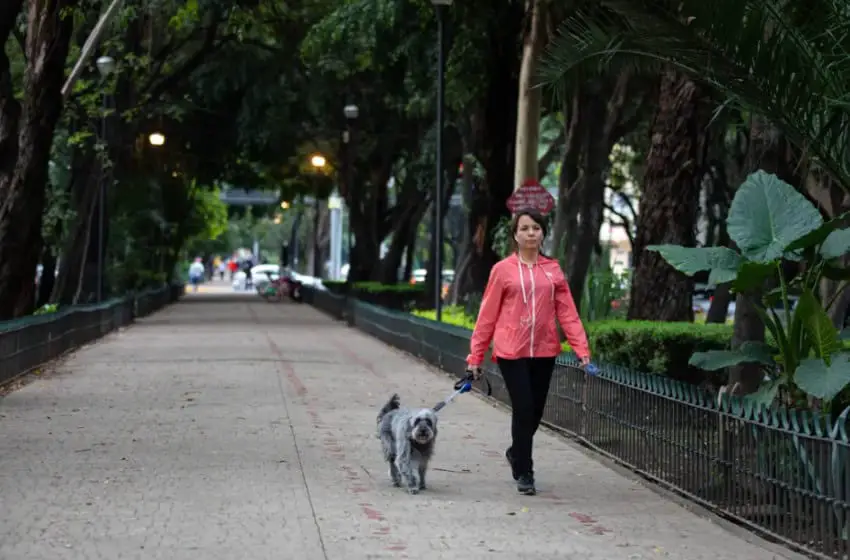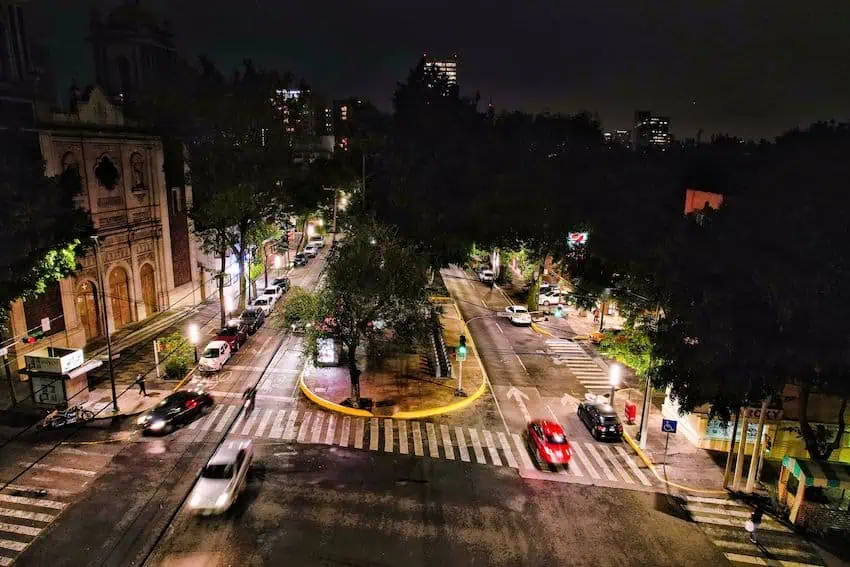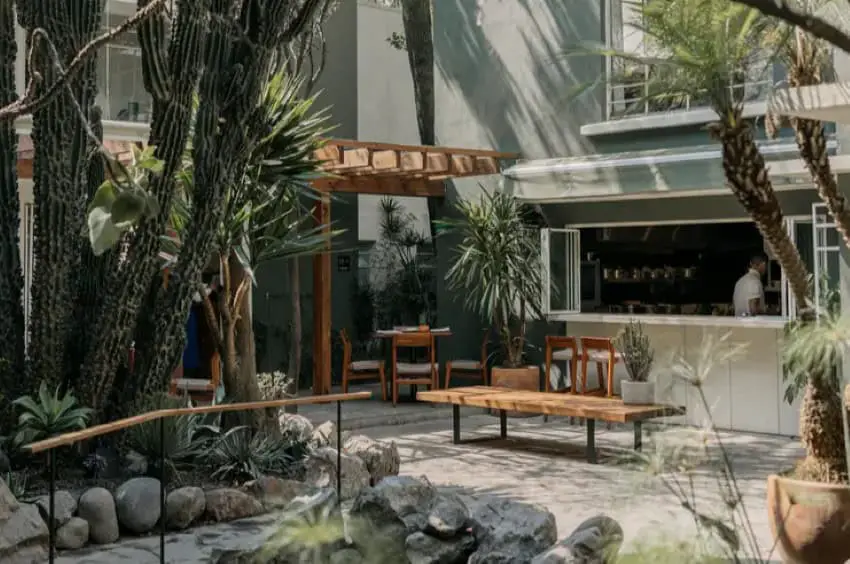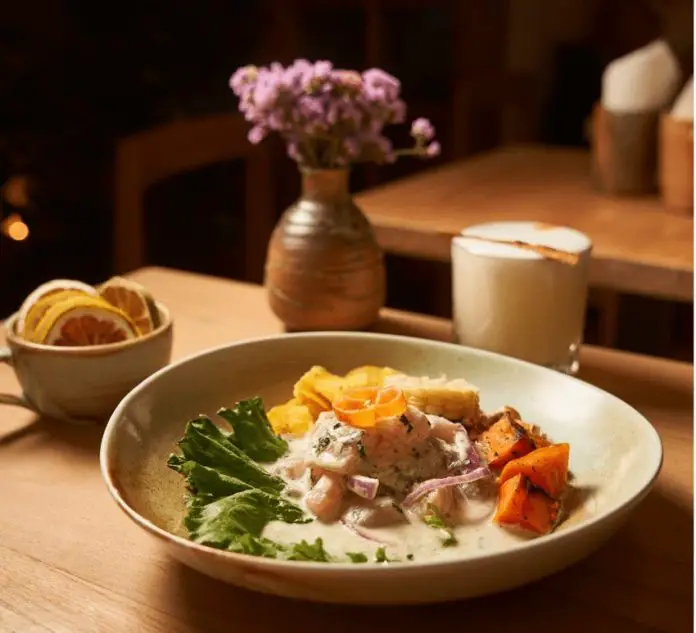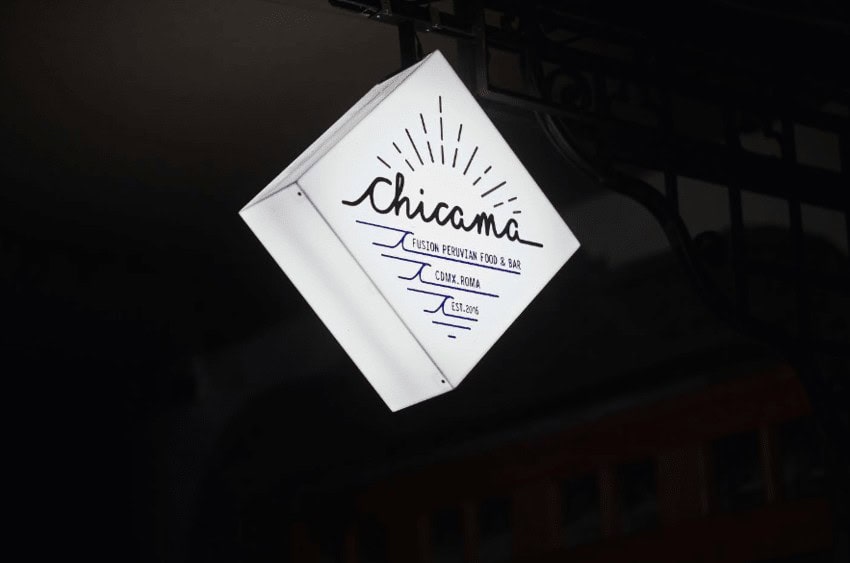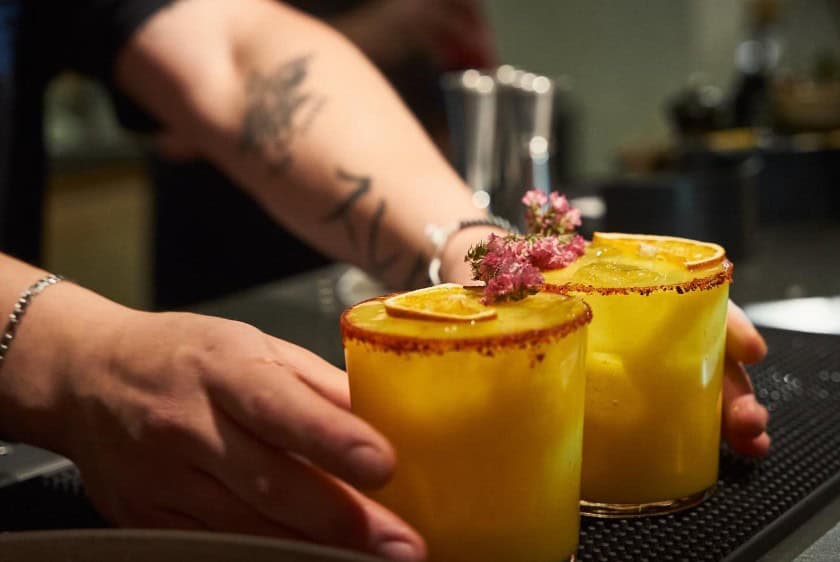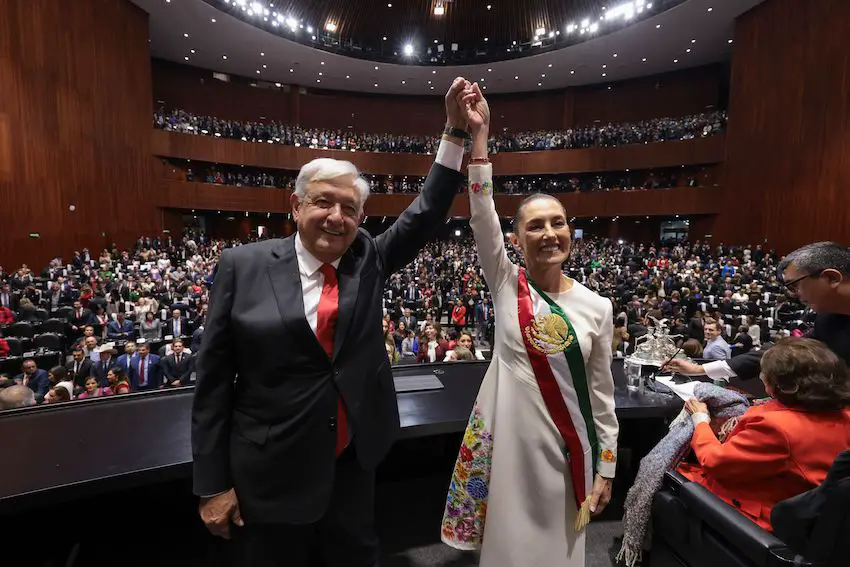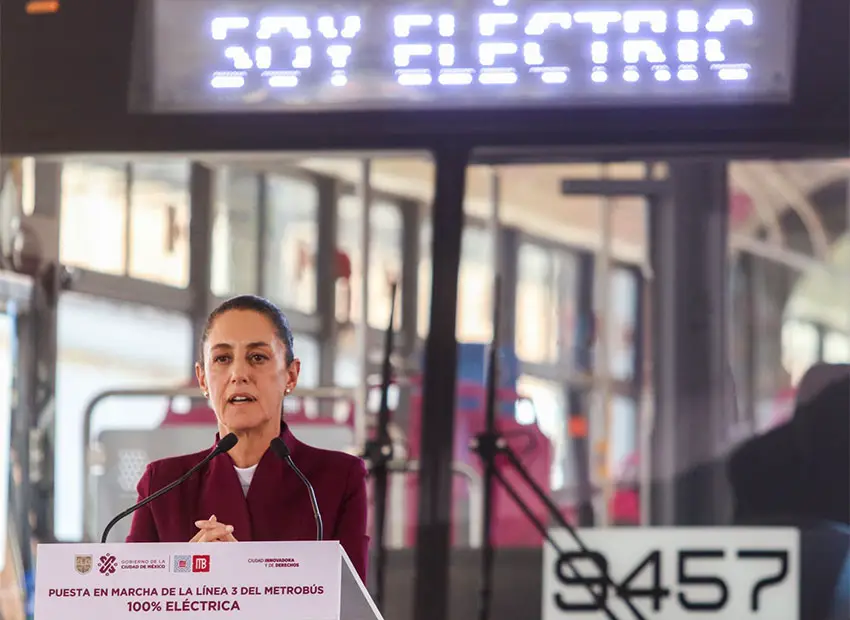I wrote this column shortly after Claudia Sheinbaum’s landslide electoral win in June and have decided it’s relevant to re-publish it now, four days after Mexico’s first female president took the oath of office.
I am excited about Mexico’s future and am hopeful and optimistic that President Sheinbaum will do well in leading the nation. However, I’ve come up with a wish list for her term based on what I think are important issues for the country that she will need to address.
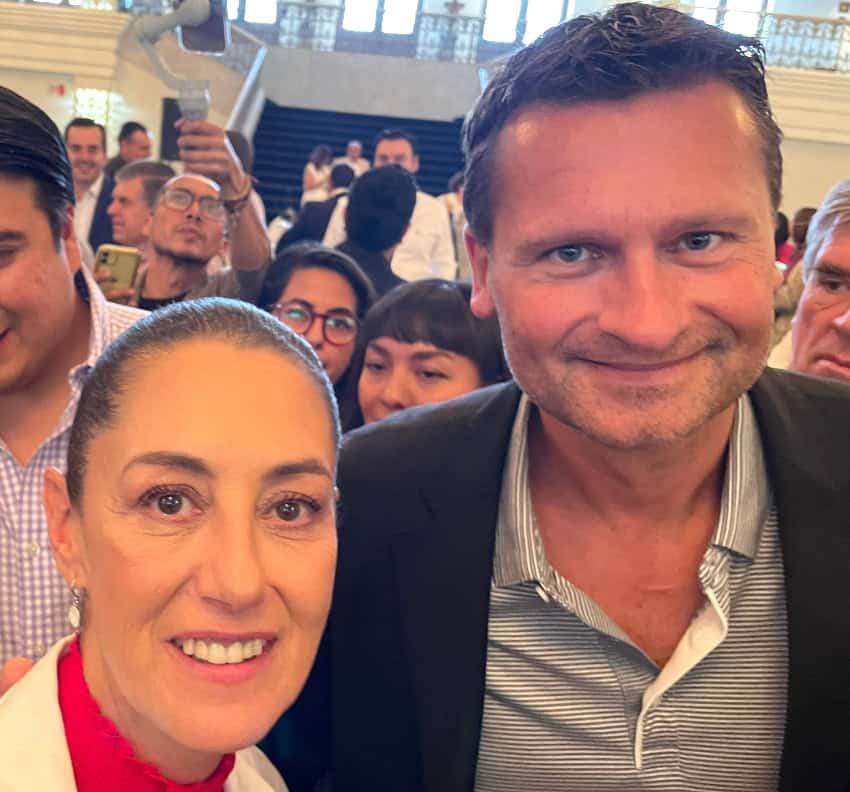
Be a president for all Mexicans
Make it clear with some initial gestures that you will be the president of all Mexicans. Unfortunately, AMLO’s leadership has been characterized as accelerating the polarization in politics in Mexico. As we have seen in other countries around the world, this is not productive nor healthy for the future of the country. Demonstrate that you will take immediate steps to reduce the polarization in Mexican politics by taking into account important priorities from the opposition candidates.
Make it clear how your leadership will differ from AMLO’s
On day one, make it clear if and how your leadership and policies will be different than AMLO’s. One of the biggest concerns and complaints from people who disagree with AMLO’s policies is that they think you will be a “puppet of AMLO’s” and not act independently. Be specific in telling us how you will be different.
Be proactive on nearshoring
Recognize the massive opportunity that Mexico has for foreign direct investment (FDI) with the nearshoring trend and make it clear that Mexico is open for business and investment. Understand that the investment is not guaranteed and must be earned with the trust of businesses, entrepreneurs and investors.
Don’t hold on to the “super peso”
Understand that a strong peso — although politically popular — is not necessarily a good thing for Mexico and many Mexicans. Do not link your administration’s success to the strength of the peso.
Make changes to improve security
Take serious, innovative steps towards improving the security situation in the country. Understand that there is nothing holding back Mexico’s potential more than both the perception and unfortunate reality of violence throughout the country.
Make Mexico a leader in renewable energy
Be bold with a vision to make Mexico a world leader in solar power generation and water reuse and recycling technologies. Mexico needs to show strong leadership in these areas and every peso invested here will pay tremendous dividends to future generations of Mexicans. Inspire us with your experience and leadership in this area.
Re-engage with the global community
AMLO wrongly pulled back on participating in global leadership gatherings. Mexico’s voice and leadership on global affairs is more important than ever. Be crystal clear on the strategic importance of a strong free trade agreement in which the U.S., Canada and Mexico are aligned and cooperating on global trade issues, especially in regards to China.
Address infrastructure gaps
The infrastructure investments made in the southeast during AMLO’s term have been impressive. However, there are still significant infrastructure improvements needed in the north and central parts of the country to accelerate nearshoring investments. Not urgently addressing this will ultimately hurt Mexico’s ability to fully take advantage of this opportunity.
Re-think public companies
Reconsider the role of the Mexican government in areas where private enterprise can help fund and accelerate growth. The state-run companies of CFE and Pemex are unfortunate examples of what can go terribly wrong when the government attempts to run companies. Take a hard look at what can be done to improve these businesses, consider how private investment can help, and reconsider AMLO’s recent moves to have the government involved with building airports, highways and operating Mexicana airlines, etc.
Think big and bold
Inspire confidence from everyone in the country. Surprise your critics with your ability to think and act beyond your political party. Mexico has a historic opportunity given the current geopolitical situation worldwide. It truly is Mexico’s opportunity to shine – but you have to believe it, make all Mexicans believe it and make the world believe it!
Below you will find more MND coverage of President Sheinbaum’s first days in office:
- Sheinbaum unveils her administration’s official emblem: An Indigenous woman
- Who’s who in President Sheinbaum’s family?
- Sheinbaum says she “will govern for everyone” in her first speech as president of Mexico
- President Sheinbaum presents 100 commitments for her term
- Sheinbaum’s first morning briefing sets the tone for new administration
Travis Bembenek is the CEO of Mexico News Daily and has been living, working or playing in Mexico for over 27 years.
